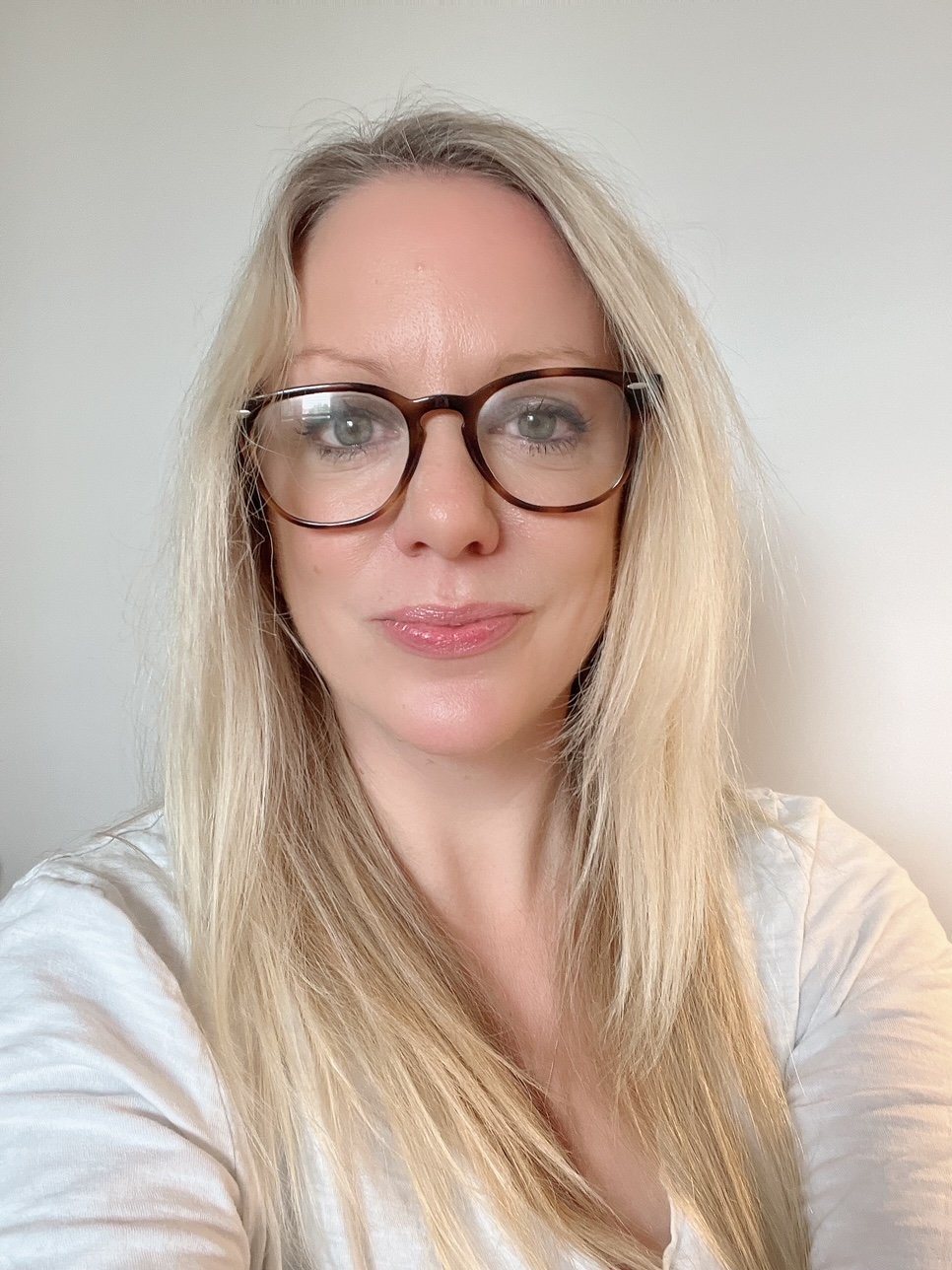At our very first Flowtopia conference in 2022, Ewa Kowproska, an Agile Services Manager at multinational healthcare and health insurance provider, Bupa, spoke about how Value Stream Management (VSM) plays a crucial role in enabling large organizations to enhance their delivery speed, improve collaboration, and ensure that efforts are focused on creating tangible value. Ewa describes the challenges in helping 80,000 people globally "deliver more quickly" and "work together" to produce "something of value. " Their goal was to transform the company's culture to enable people to feel a sense of joy and challenge in their work, likening it to snowboarding on a wave.
To achieve this cultural shift, Ewa drew on the work of the psychologist Mihaly Csikszentmihalyi, author of the book 'Flow', and distilled his work into four essential factors, or 'four Fs', that are crucial for fostering flow through a system and ensuring value flows through it:- Freedom: Empowering professionals to decide how to do things, trusting their expertise, while aligning on what and why. This addresses the problem of people merely waiting for instructions.
- Feedback: Cultivating a culture where feedback is perceived as a "gift," a piece of information intended to help individuals improve. This involves continuous, small, and timely feedback.
- 4% Challenge: Introducing small, manageable challenges (around 4% more difficult than current tasks) to prevent boredom and encourage learning, experience, and knowledge sharing, as opposed to overwhelming, impossible tasks.
- Focus: This was identified as a main struggle, implying the need for clear prioritization.
Ewa presented insights into the practical implementation of flow, referencing David J. Anderson's Kanban method, which distills principles from the academic 'Flow' book into actionable practices. Key Kanban practices include visualizing work, limiting Work in Progress (WIP), and managing flow. However, the initial Kanban implementation, which employed a static system thinking approach and the Kanban Maturity Model (KMM), lost the crucial connection to value and purpose.
This realization led them to rethink prioritization. The conventional approach of having "many priorities" was deemed ineffective, as "priority is a singular". They explored the cost of delay for prioritization, moving from complex quantitative calculations, which were impossible for a company of 80,000 people, to a more straightforward qualitative approach. This qualitative method involved categorizing urgency (e.g., "whenever soon," "ASAP" for bleeding money) against business reaction (e.g., "meh," "bonus," "killer solution"), providing a "good start for prioritization.
A significant "aha moment" occurred when they realized they lacked sufficient data to model their assumptions or connect work to value, especially concerning intangible efforts. This pushed them to redesign their flow, moving beyond fragmented tools like Azure DevOps and Jira.
They discovered the Value Stream Management Consortium and its approach, starting with value stream mapping. Using Miro for remote collaboration, they created a visual map of their real flow18. This process revealed they "don't know our value stream scope," prompting the use of a "value stream scope canvas" to define who is expecting what from whom.
The mapping exposed a major pain point: out of seven weeks of total work, over six weeks were spent waiting in passive states, indicating significant bottlenecks. This waiting time highlighted a critical issue: conversations about value were happening "much too late," upstream, leading to inquiry items that were not valuable or lacked clear acceptance criteria. Identifying these bottlenecks provided tangible things to fight to shorten lead times and focus on valuable work.
Bupa's VSM journey focused on four key artifacts: the value stream scope canvas, the value stream map (both current and target), and a hypothesis backlog. The hypothesis backlog is a powerful tool against jumping to solutions. Instead, it encourages identifying a problem, proposing a solution as an experiment, implementing it, and checking if the problem is solved24242424. If the experiment "fails" (meaning the solution didn't solve the problem), valuable learning still occurs, leading to new solutions and experiments. This approach helped a team shorten test time by 50% in a quarter.
The speaker concludes with key lessons: remember the four Fs for cultural change, understand the scope of your value stream, divide flow into active and passive states for measurement, openly discuss bottlenecks, and conduct experiments. These practices are vital for organizations navigating complex environments and striving for continuous improvement.
To listen to the entirety of Ewa's talk, all of Flowtopia 2022 AND 2023 AND 2024, and so much more, head to the member portal. If you're not yet a member, hit the button below.

Helen Beal
Helen is the CEO and chair of the Value Stream Management Consortium and co-chair of the OASIS Value Stream Management Interoperability Technical Committee. She is a DevOps and Ways of Working coach, chief ambassador at DevOps Institute, and ambassador for the Continuous Delivery Foundation. She also provides strategic advisory services to DevOps industry leaders. Helen hosts the Day-to-Day DevOps webinar series for BrightTalk, speaks regularly on DevOps and value stream-related topics, is a DevOps editor for InfoQ, and also writes for a number of other online platforms. She is a co-author of the book about DevOps and governance, Investments Unlimited, published by IT Revolution. She regularly appears in TechBeacon’s DevOps Top100 lists and was recognized as the Top DevOps Evangelist 2020 in the DevOps Dozen awards and was a finalist for Computing DevOps Excellence Awards’ DevOps Professional of the Year 2021. She serves on advisory and judging boards for many initiatives including Developer Week, DevOps World, JAX DevOps, and InterOp.






Comments 0